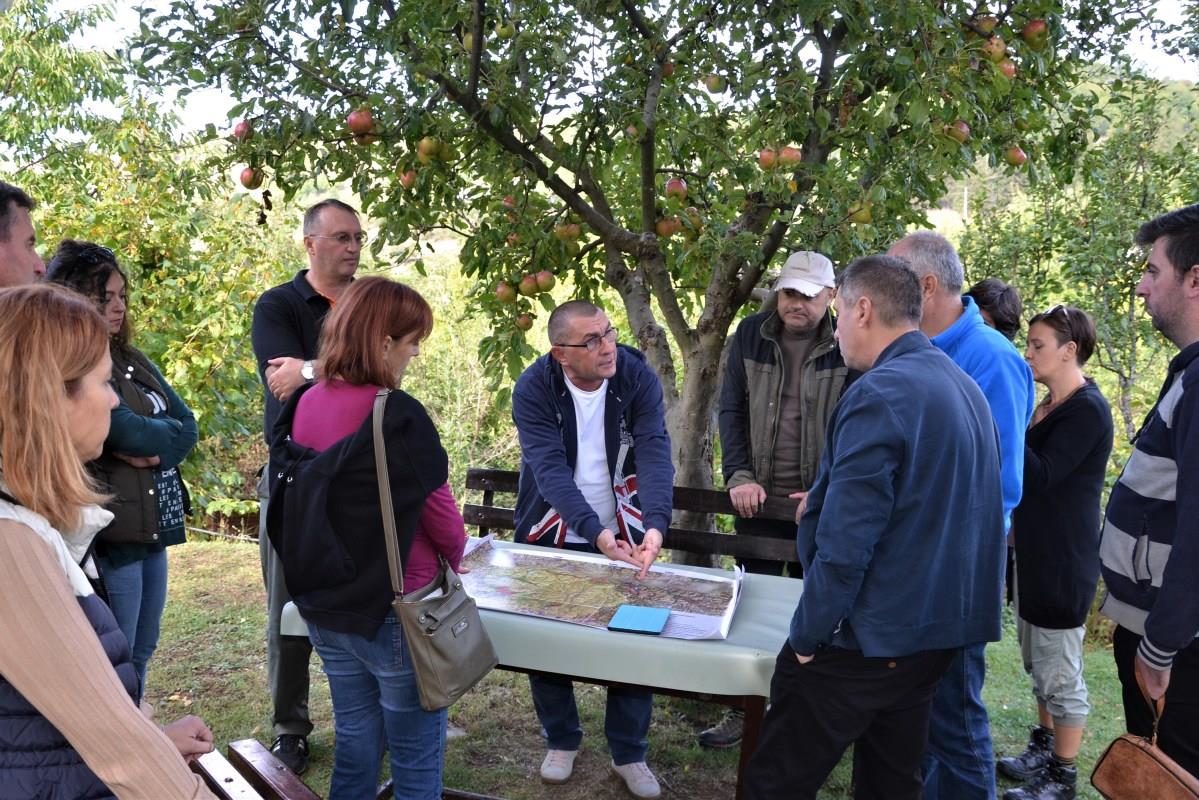
Species Extinction: How Switzerland Is Working For Global Biodiversity
-
Deutsch
de
Gegen das Artensterben: Wie sich die Schweiz für die Biodiversität weltweit einsetzt
Original
Read more: Gegen das Artensterben: Wie sich die Schweiz für die Biodiversität weltweit einsetz
Biodiversity is crucial for the balance of ecosystems. Animal and plant habitats depend on it, and so do humans. But the forecasts are alarming: up to three million species could become extinct before the end of this century. This is the conclusion of an international studyExternal link published in 2022, which, for the first time, surveyed significant numbers of experts from the Global South.
The reasons for this are well known: intensive land and sea use, environmental pollution and the consequences of climate change are all contributing to soil depletion and the extinction of important pollinators.
Nevertheless, biodiversity loss and the Convention on Biological Diversity adopted at the Earth Summit in Rio de Janeiro in 1992 have long been overshadowed by the fight against global warming.
The Convention on Biological Diversity was adopted at the United Nations Conference on Environment and Development in Rio de Janeiro in 1992. To date, 196 signatory states have acceded to the convention, including Switzerland. Although the United States has signed the convention, it has never ratified it; it only participates as an observer.
The convention is the most important multilateral treaty for the protection of biodiversity. The signatory states undertake to protect biodiversity in their countries, to regulate access to genetic resources and their utilisation in a fair and equitable manner, and to take measures to protect and sustainably use biodiversity.
This is wrong, development experts say.“An intact environment is key to sustainable development and securing livelihoods,” says André Wehrli, an advisor on climate, disaster risk reduction and the environment at the Swiss Agency for Development and Cooperation (SDC).
Swiss commitment to global biodiversityMost of the United Nations' 17 sustainable development goals depend directly on a functioning ecosystem, but if biodiversity loss continues, poverty and inequality will increase.
More More Biodiversity loss in Switzerland in six graphsThis content was published on Jul 23, 2024 Biodiversity loss in the Alpine nation is above the world average, and over a third of animal and plant species are endangered. Can the trend be reversed?
Read more: Biodiversity loss in Switzerland in six graphEnvironmental associations such as BirdLife and the WWF have sharply criticised efforts to protect biodiversity within Switzerland. They consider the measures taken to date and the funding allocated to be wholly inadequate. The situation is somewhat better in terms of international cooperation.“A lot of things are going in the right direction,” says Simon Degelo at Swissaid.
Various programmes aim to protect biodiversity: for example, Swissaid's CROPS4HD project, which operates in four countries. Its aim is to promote the use and preservation of traditional seed varieties to improve the livelihoods of the population.
Another example is the EOA-IExternal link initiative, which campaigns for subsidies for organic farming on the African continent, among other things.
Degelo considers the SDC's commitment to agroecology to be particularly progressive. Promoted by Swissaid in its development projects, this agricultural concept promises solutions to several problems at once: the food crisis, the loss of biodiversity and climate change. Its aims include utilising natural resources sparingly, avoiding external input and strengthening regional supply chains.
The from the Sufosec alliance shows that the agroecological approach can promote food security. This alliance of six Swiss NGOs, including Swissaid, campaigns against hunger and malnutrition worldwide. The Centre for Development and Environment at the University of Bern scientifically evaluates the effectiveness of Sufosec projects.

Legal Disclaimer:
MENAFN provides the
information “as is” without warranty of any kind. We do not accept
any responsibility or liability for the accuracy, content, images,
videos, licenses, completeness, legality, or reliability of the information
contained in this article. If you have any complaints or copyright
issues related to this article, kindly contact the provider above.


















Comments
No comment